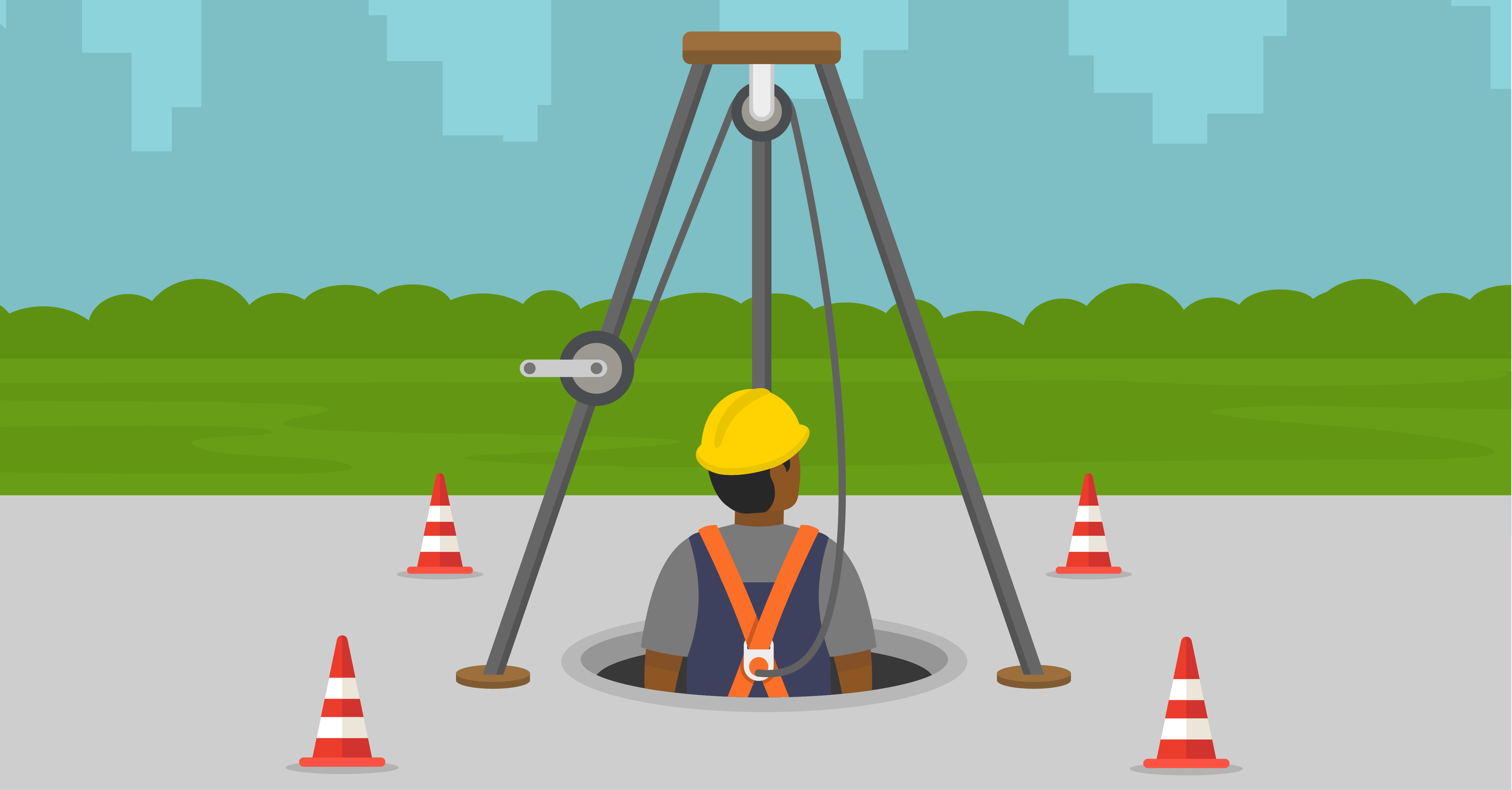How Fall Prevention Strategies Can Protect Your Workforce
November 23, 2018
The U.S. Bureau of Labor Statistics says that on average slips, trips and falls cause nearly 700 fatalities per year. Let’s look at how to prevent them.

Fall prevention strategies should be comprehensive and multifaceted but should begin with complete understanding of the variable risk factors that create loss potential opportunity. Given that there have been changes to the Walking-Working Surfaces standard, it’s prudent to consider risk assessment as a starting point to understand the robustness of your program and if you should be doing more. Consider what risks in your workplace may lead to slips and trips. Here are a few areas that should be evaluated:
- Slippery Surfaces. It’s a safe assumption that most injuries occur on a slippery floor. Assessment should be conducted to understand if the floor surface is impacted by liquid or dry spillage. Some areas to consider are surfaces impacted by production materials like wet and dry sifted ingredients; dust, oils and greases; equipment required to run with water or other fluids; food service and around sinks; and areas outside affected by the weather like ice and snow. Drains where liquids may accumulate and where downspouts disperse rainwater also should be assessed.
- Changes in surface elevation. As mentioned previously, it takes very little elevation change to impact safety for the pedestrian worker. Assessment should be conducted to understand damaged or uneven flooring; heaving of the floor surface or wide cracks commonly found in concrete flooring; uneven door thresholds; ramps; floor mats; and thick carpets to name a few.
- Surface Illumination. The appropriate level of light in the work environment is challenging. Assessments should be done with full understanding of what tasks are being done and the detail of those tasks. Poor illumination offers dimly lit walk-work surfaces promoting injury risk, but too much light increases glare, which also promotes risk to the worker. The Illuminating Engineering Society (IES) has published appropriate light levels and has recommended lux levels for different industrial applications. In general, lux levels for warehouses and walkways should be 100, general work areas 150, general assembly 300, detailed assembly 500 and fine inspection 1000. Lighting requirements should be researched, since there is not one solution for everyone considering the wide array of tasks. Every facility is different.
- Shared Surface Inclusion. Mixing of pedestrian workers and motorized or non-motorized equipment is dangerous. Where these areas are present in your operation, risk assessment should be performed to understand where work tasks are performed in or near areas where motorized and non-motorized equipment may enter the walking-working surface. Assessment areas should consider barriers, designated walk paths, exclusion zones, clothing and required equipment interaction areas.
- Blind corners. The safety between workers, workers and material handling or motorized equipment is a real and present danger. Assessment should be conducted where people could inadvertently run into each other and where workers could be struck by an object like a forklift or falling object. Special attention should be focused at corners where there is poor visibility of the walk environment.
- Obstruction and Obstacles. Carrying materials that obstruct the view of the walking-working surface increases the chance of falling. Assessment should be performed by watching workers and how they are carrying out these types of duties. In addition, obstacles like electric cords, parts left outside of storage locations, tools and equipment and air hoses should also be assessed.
- Worker Urgency. It’s just a fact, workers usually have purpose for pedestrian travel and things like fast-paced work, missing co-workers or attending to an operational upset increases the potential for slips and falls. Assess the pace of the work and the behaviors of workers in effort to gauge if they are working above their level of competence in their ability to maintain safety.
Finally, while lead assessors should have good understanding of regulatory compliance and knowledge of the operation being assessed, everyone has experience in risk assessment, at least on a personal level and should be considered in the process. Interviews should be conducted with team members and workers from the assessed areas to understand their experience. As an assessor, you want to hear anything that is perceived a risk or could negatively affect the worker engaged in his or her work. Don’t discount any information; simply score the discovered risks at conclusion of the assessment to evaluate to level of risks and the priorities of control.





